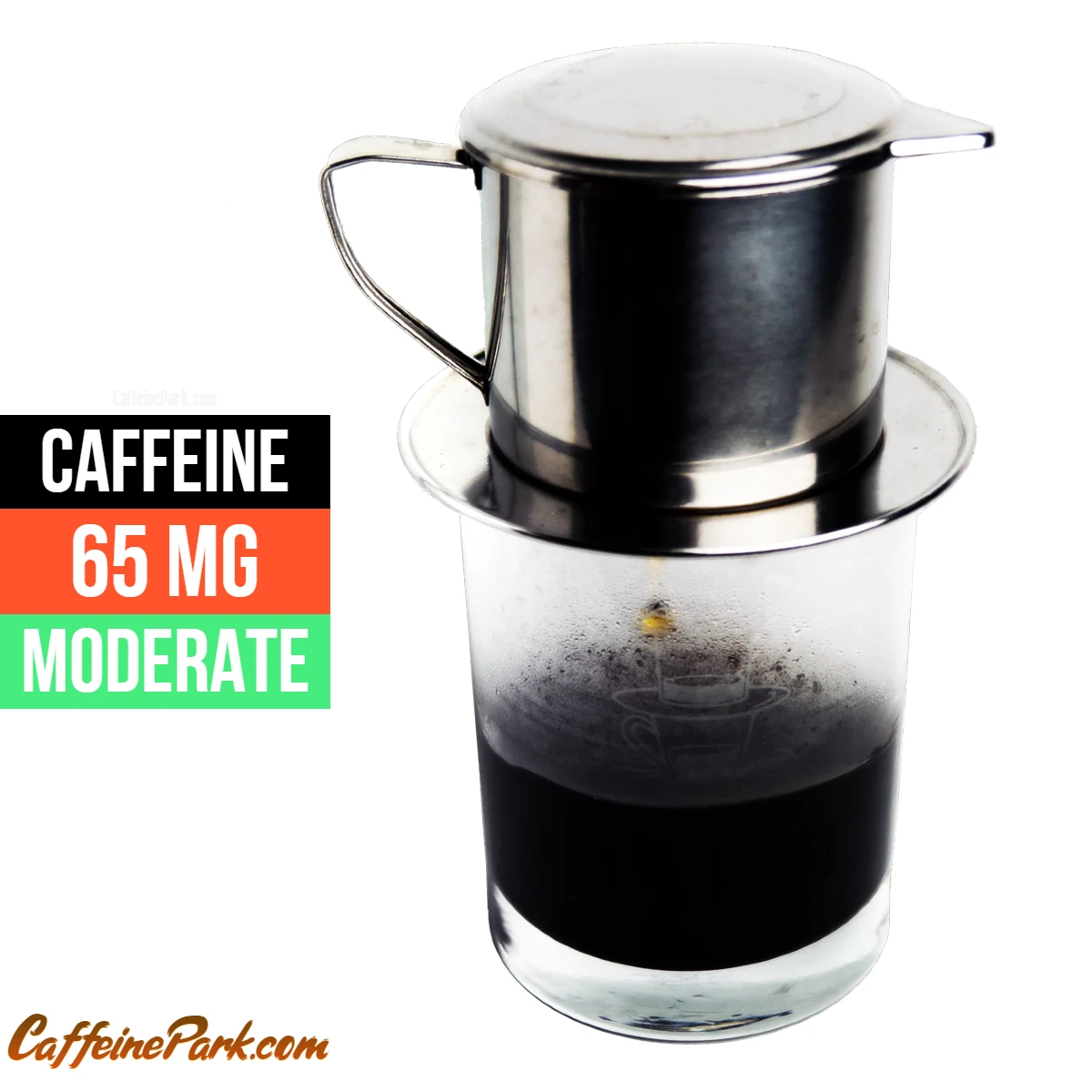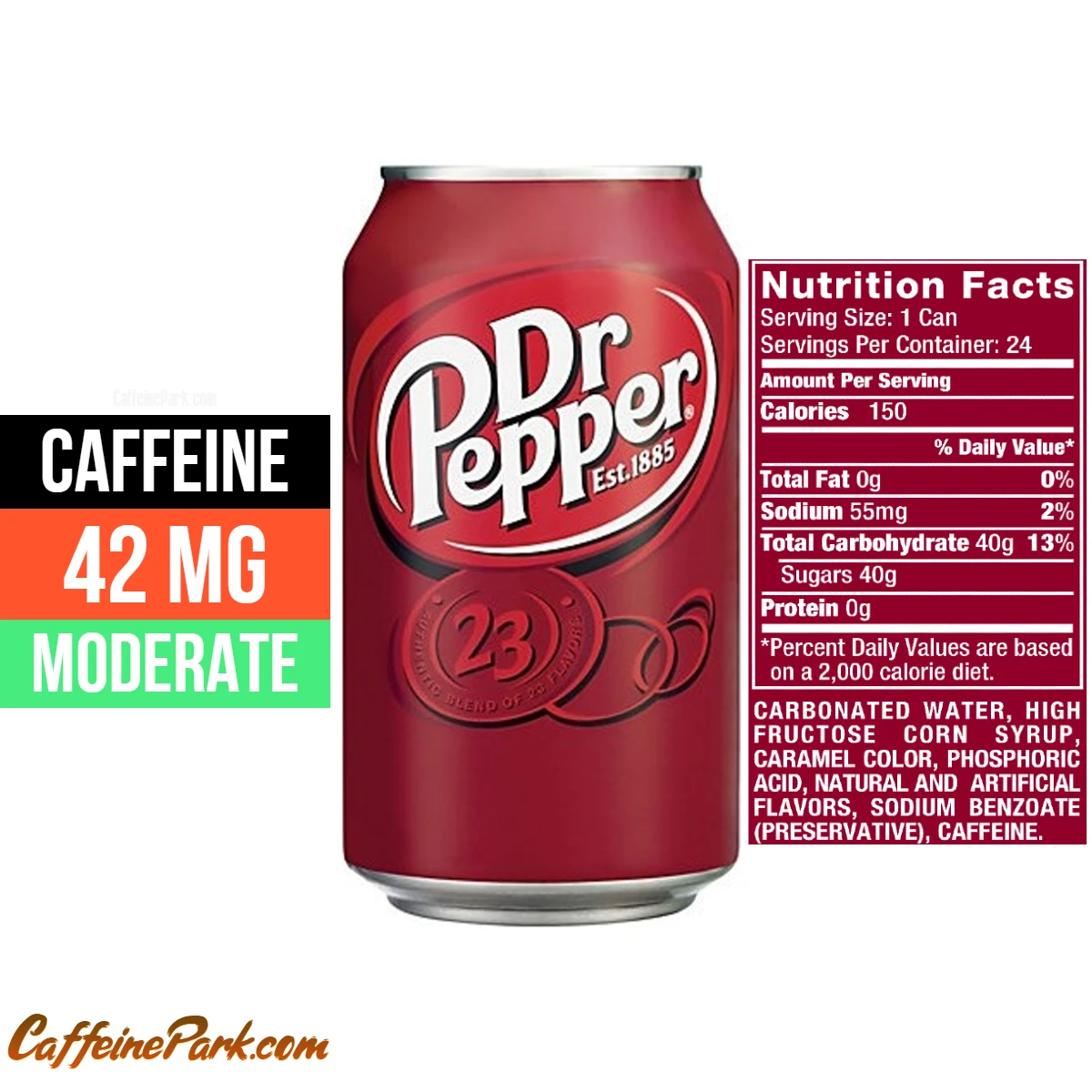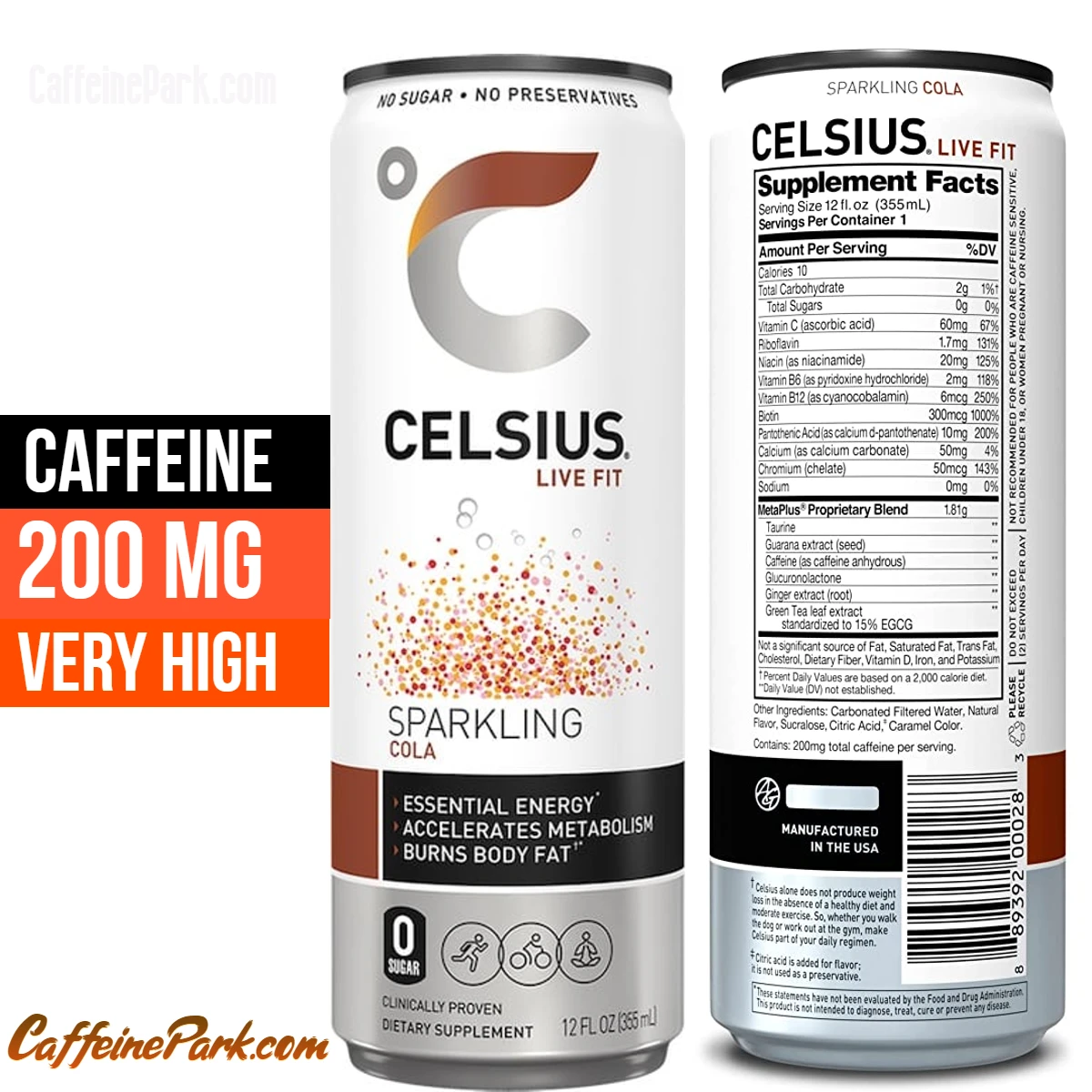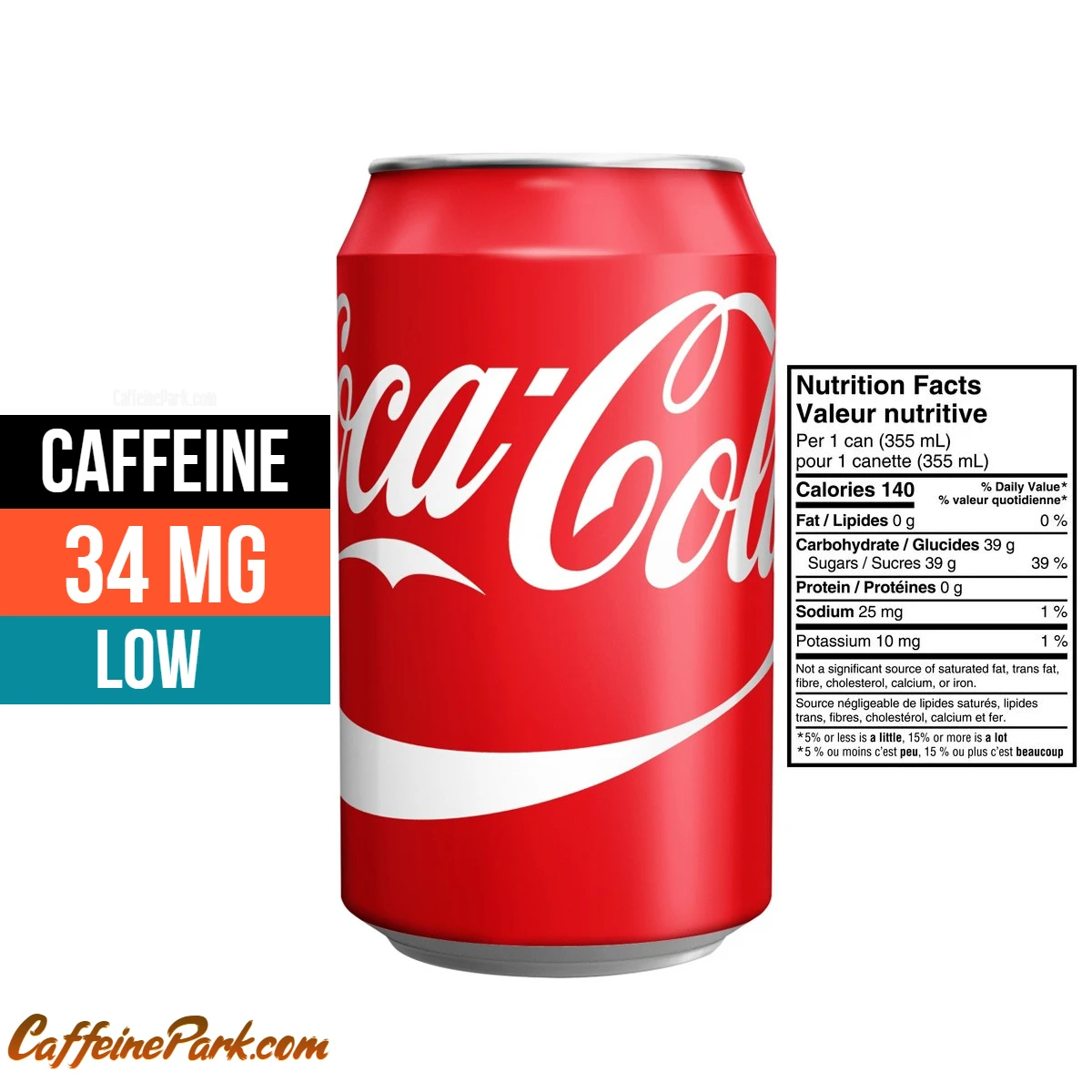
Vietnamese coffee is a popular and unique variation of coffee that is known for its strong, bold flavor and the use of sweetened condensed milk. The coffee is grown and produced in Vietnam and is typically made using a traditional “phin” filter, which is a small, single-serving metal filter that sits on top of a coffee cup. Vietnamese coffee is known for its unique and robust flavors, but it’s the caffeine content that gives it that extra kick to jumpstart your day. So, let’s dive in and uncover the caffeine secrets of this beloved beverage.
When it comes to Vietnamese coffee, the caffeine content can vary depending on the type of beans used. If you opt for Arabica beans, which are known for their smooth and milder flavor profile, you can expect around 100mg of caffeine in an 8 fl oz cup. On the other hand, if you prefer the boldness of Robusta beans, get ready for a stronger caffeine punch with approximately 265mg of caffeine in the same serving size.
Now that you know the caffeine levels in Vietnamese coffee, it’s time to savor each sip with newfound appreciation. Whether you prefer the milder Arabica or the stronger Robusta, you can make an informed choice that suits your caffeine needs. So, grab a cup of Vietnamese coffee, take a moment to relish its rich flavors, and let the caffeine boost energize you for the day ahead!
Does Vietnamese Coffee have caffeine?
Yes, a typical cup of Vietnamese Coffee (8 fl oz) made from Arabica beans contains around 100mg of caffeine. While if made from Robusta beans has 265 mg of caffeine.
| Serving size | Caffeine Amount | Caffeine strength |
|---|---|---|
| 8 fl oz (Arabica beans) | 100 mg | HIGH |
| 8 fl oz (Robusta beans) | 265 mg | EXTREME |
- Caffeine Amount: 100 mg
- Caffeine strength: EXTREME
- Serving size: 8 fl oz cup (Arabica beans)
Caffeine in Vietnamese Coffee vs. Other Coffee
Here is a comparison of caffeine content in Vietnamese coffee and other popular coffee brands:
| Items | Serving Size | Caffeine |
|---|---|---|
| Vietnamese Coffee | 8 fl oz | 100mg |
| CBD Coffee | 8 fl oz | 100mg |
| GymBrew Coffee | 12 fl oz | 333mg |
| Eight O’Clock Coffee | 8 fl oz | 112mg |
| Maxwell House Max Boost Coffee | 8 fl oz | 196mg |
| Panera Bread Coffee | 16 fl oz | 189mg |
| Starbucks Cold Brew Coffee | 16 fl oz | 205mg |
| Dunkin’ Donuts Brewed Coffee | 14 fl oz | 210mg |
It’s important to note that caffeine content can vary depending on factors such as brewing method, coffee bean type, and serving size. These values provide a general comparison to give you an idea of the caffeine levels in different coffee options.
Review
Vietnamese coffee is a unique and popular variation of coffee that is known for its strong, bold flavor and the use of sweetened condensed milk. The coffee is grown and produced in Vietnam and is typically made using a traditional “phin” filter, which is a small, single-serving metal filter that sits on top of a coffee cup. In this article, we will explore the history, taste and flavor, ingredients and nutrition, benefits, side effects, price and availability, comparison to others, customer reviews, and pros and cons of Vietnamese coffee.
History
Vietnamese coffee has a long and rich history that is closely tied to the country’s culture and economy. Coffee was first introduced to Vietnam in the late 1800s by French colonizers, and it quickly became a popular crop among farmers. The country has since become one of the largest coffee producers in the world, with the majority of the coffee grown in the central highlands region.
Over the years, Vietnamese coffee has developed its own distinct style and flavor. The use of sweetened condensed milk is a unique aspect of Vietnamese coffee that sets it apart from other types of coffee. This practice of adding milk to coffee is said to have originated from the country’s French colonial past, where condensed milk was used as a sweetener and creamer.
Taste and Flavor
Vietnamese coffee is known for its strong, bold flavor and the use of sweetened condensed milk. The coffee beans used to make it are typically of the robusta variety, which has a higher caffeine content compared to the Arabica beans commonly used in other types of coffee. This can make Vietnamese coffee a strong and potent option for those looking for a caffeine boost.
The addition of sweetened condensed milk also contributes to the unique taste and texture of Vietnamese coffee. The milk is added to the coffee while it’s being cursed, and it helps to balance out the acidity and bitterness of the coffee. The sweetness and creaminess of the milk also add a different dimension to the overall flavor of the coffee. Some people describe it as a full-bodied, rich, and intense coffee with a sweet and creamy finish.
Ingredients and Nutrition
Vietnamese coffee is made from freshly brewed coffee beans, sweetened condensed milk, and hot water. The coffee beans used are typical of the robusta variety, which has a higher caffeine content compared to Arabica beans. The sweetened condensed milk is made from milk and sugar, and it’s added to the coffee while it’s being cursed.
One cup of Vietnamese coffee contains approximately 40-50mg of caffeine, which is considered to be a moderate amount of caffeine. It also contains small amounts of calcium, vitamin D, and other nutrients found in milk.
Benefits
Vietnamese coffee has several potential health benefits, including:
- Boosting energy levels and mental alertness: The high caffeine content in Vietnamese coffee can help increase energy levels and mental alertness.
- Improving physical performance: Caffeine can also help improve physical performance by increasing endurance and reducing muscle pain during exercise.
- Lowering blood sugar levels and blood pressure: Vietnamese coffee contains Trigonelline, a bitter alkaloid compound that is found in coffee beans, Trigonelline has been shown to lower blood sugar levels and blood pressure in some studies.
- Improving mood: Caffeine can also help improve mood by increasing the release of feel-good chemicals in the brain.
Side effects
Like any other coffee, consuming too much caffeine can lead to some side effects. These include:
- Insomnia: Consuming caffeine too close to bedtime can disrupt sleep patterns and make it harder to fall asleep.
- Nervousness: Consuming too much caffeine can also cause feelings of nervousness, jitteriness, and restlessness.
- Stomach upset: Consuming large amounts of caffeine can also lead to stomach upset, including nausea, cramping, and diarrhea.
- Increased heart rate: High doses of caffeine can also cause an increase in heart rate, which can be dangerous for people with heart conditions.
It’s important to note that these side effects can vary depending on the individual and the amount of caffeine consumed. It’s always a good idea to talk to your doctor if you have any concerns about consuming caffeine.
Price and Availability
Vietnamese coffee is widely available in Vietnam and in Vietnamese restaurants around the world. The price of a cup of Vietnamese coffee can vary depending on where you’re buying it and the quality of the coffee beans used. On average, a cup of Vietnamese coffee can cost anywhere from $2 to $4.
Comparison to Others
Vietnamese coffee is unique in its use of sweetened condensed milk and robusta beans, which gives it a stronger, bolder flavor than other types of coffee. It’s also known for its high caffeine content, which can make it a potent option for those looking for a caffeine boost.
In comparison to other types of coffee, such as American or French, Vietnamese coffee is considered sweeter and creamier due to the use of sweetened condensed milk. American coffee is typically made with Arabica beans and is known for its milder flavor and lower caffeine content. French coffee is typically made with a stronger roast and is known for its bold and rich flavor.
In comparison to other Asian-style coffee, such as Thai or Korean coffee, Vietnamese coffee also has its own distinct flavor profile. Thai coffee is typically made with a blend of Arabica and Robusta beans and is served with sweetened condensed milk and spices, while Korean coffee is made with finely ground beans and is served with a metal drip filter.
Customer Reviews
Many customers have praised Vietnamese coffee for its strong, bold flavor and the use of sweetened condensed milk. Many have also noted the high caffeine content, which they say makes it a great option for a morning pick-me-up. Some customers have also commented on the potential health benefits of consuming Trigonelline. However, some customers have also noted that the high caffeine content can lead to jitteriness and restlessness if consumed in large amounts.
Pros and Cons
Pros:
- Strong, bold flavor
- High caffeine content
- The use of sweetened condensed milk adds a unique dimension to the flavor
- Potential health benefits of Trigonelline
Cons:
- High caffeine content can lead to jitteriness and restlessness if consumed in large amounts
- Can be expensive if purchased outside of Vietnam
In conclusion, Vietnamese coffee is a unique and popular variation of coffee that is known for its strong, bold flavor and the use of sweetened condensed milk. The coffee is grown and produced in Vietnam and is typically made using a traditional “phin” filter. It has high caffeine content and the addition of Trigonelline which can provide potential health benefits. The use of sweetened condensed milk also contributes to the unique taste and texture of Vietnamese coffee. However, consuming too much caffeine can lead to side effects, which should be considered before consuming it. Overall, Vietnamese coffee is a delicious and unique option for coffee lovers looking for something a little different.
FAQs
The caffeine content in Vietnamese coffee can vary depending on the type of beans used. A cup of Vietnamese coffee made with Arabica beans typically contains around 100mg of caffeine, while if made with Robusta beans, it can have as much as 265mg of caffeine per 8 fl oz.
Arabica beans generally have lower caffeine content compared to Robusta beans. Arabica beans are known for their smooth and milder flavor profile and contain around 100mg of caffeine per cup. Robusta beans, on the other hand, have a bolder taste and higher caffeine content, with approximately 265mg of caffeine in a cup of Vietnamese coffee.
Vietnamese coffee made with Robusta beans is considered high in caffeine, as it can contain up to 265mg per cup. However, if brewed with Arabica beans, the caffeine content is moderate, with around 100mg per cup. It’s important to consider your personal caffeine sensitivity and consumption limits.
Vietnamese coffee made with Robusta beans tends to have a higher caffeine content compared to many other coffee types. Arabica beans, commonly used in specialty coffees, have a lower caffeine content. However, it’s worth noting that the actual caffeine content can vary depending on factors such as brewing method and serving size.
Yes, when preparing Vietnamese coffee, you have the option to choose between Arabica and Robusta beans. Arabica beans are generally smoother and less bitter, while Robusta beans have a stronger and more robust flavor. Consider your preferred taste and caffeine preferences when selecting the type of beans for your Vietnamese coffee.
How is Vietnamese coffee made?
A: Vietnamese coffee is typically made using a traditional “phin” filter, which is a small, single-serving metal filter that sits on top of a coffee cup. The coffee grounds are placed in the filter and hot water is poured over them, allowing the coffee to drip through into the cup. Sweetened condensed milk is also added to the coffee while it’s being brewed, which helps to balance out the acidity and bitterness of the coffee.
What kind of beans are used to make Vietnamese coffee?
The coffee beans used to make Vietnamese coffee are typical of the robusta variety, which has a higher caffeine content compared to the Arabica beans commonly used in other types of coffee.
How much caffeine is in a cup of Vietnamese coffee?
A cup of Vietnamese coffee contains approximately 40-50mg of caffeine, which is considered to be a moderate amount of caffeine.
What are the potential side effects of consuming Vietnamese coffee?
Like any other coffee, consuming too much caffeine can lead to some side effects such as insomnia, nervousness, stomach upset, and increased heart rate. It’s important to note that these side effects can vary depending on the individual and the amount of caffeine consumed. It’s always a good idea to talk to your doctor if you have any concerns about consuming caffeine.
Is it available to purchase anywhere?
Vietnamese coffee is widely available in Vietnam and in Vietnamese restaurants around the world. It is also available in some coffee shops or online stores.
Read More:





